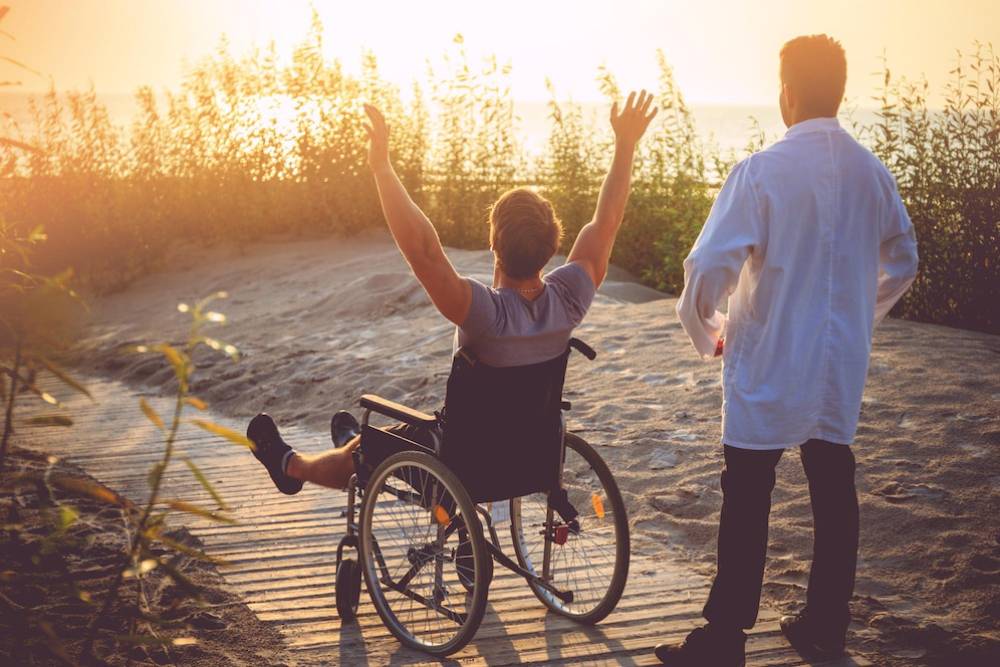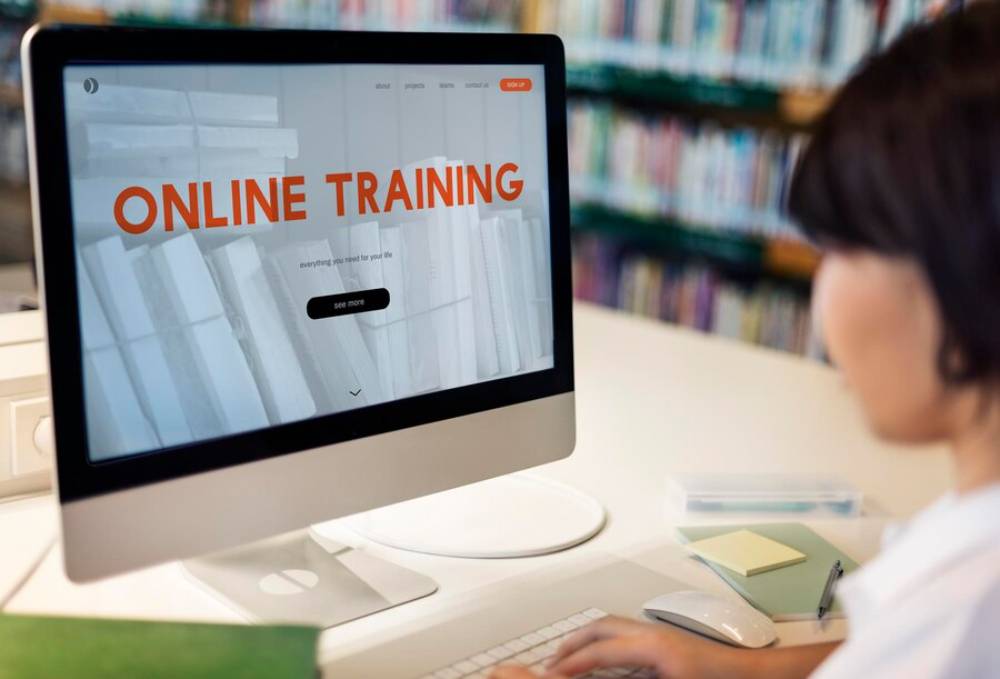
Seated Workouts for People with Limited Mobility: Unlocking the Power of Adaptive Fitness
Many people see fitness as intense workouts. This can make those with limited mobility feel left out. Adaptive fitness offers a hopeful solution. It provides inclusive workouts for all needs.
Seated exercises are essential for low-mobility workouts. They allow safe and effective physical activity. This blog will explore the importance of seated workouts. We’ll share tips, insights, and expert advice for people with limited mobility.
Why Seated Workouts Matter: The Key Benefits of Adaptive Fitness
Adaptive fitness transforms how we view physical ability. It recognises different levels of capability. Seated workouts play a key role in this method. They provide benefits beyond just physical health. These workouts enhance mental well-being. They also promote independence and improve life quality for people with limited mobility.
Enhancing Physical Health
Seated exercises boost cardiovascular health, build muscle strength, and improve flexibility without stressing the body. Regular low-mobility workouts help improve circulation and joint function. They also increase endurance, leading to better overall health.
Boosting Mental Well-being

Physical activity, including seated workouts, greatly impacts mental health. Adaptive fitness routines can reduce symptoms of depression, anxiety, and stress. Completing a workout brings a sense of accomplishment, which can boost self-esteem and improve mental resilience.
Promoting Independence and Quality of Life
Staying independent is key to daily life for individuals with limited mobility. Seated exercises help them do everyday activities more easily and confidently. These workouts boost strength and mobility, improving their quality of life. This allows them to engage more in their communities and personal interests.
A Step-by-Step Guide to Effective Seated Workouts
Starting a seated workout may seem complicated, but it can be fun and empowering with the proper guidance. Here’s a guide to help you begin your adaptive fitness journey. Preparing for Your Workout
Before starting a seated workout, prepare mentally and physically. First, set realistic goals that match your abilities and desired results. Talk to a healthcare professional or a certified adaptive fitness trainer. They can help create a workout plan that fits your needs.
Essential Seated Exercises

Seated workouts encompass a variety of exercises that target different muscle groups. Here are some critical exercises to incorporate into your routine:
- Seated Marching: This exercise helps improve cardiovascular health and leg strength. Sit comfortably in a chair and alternate lifting your knees as if marching in place. Aim for 1-2 minutes of continuous movement.
- Arm Circles: To improve shoulder mobility and strength, stretch your arms out to the sides. Then, make small circles and slowly increase them. Perform for 1 minute in each direction.
- Seated Leg Lifts: Lift one leg at a time to strengthen your quadriceps. Hold for a few seconds, then lower it. Repeat 10-15 times on each leg.
- Torso Twists: Sit up straight. Twist your torso to the left, then to the right. This helps build core strength. Hold each twist for a few seconds, repeating 10 times on each side.
Incorporating Resistance
Adding resistance to your seated workouts boosts muscle strength and endurance. Use resistance bands or light weights to make exercises harder. Try this with bicep curls, tricep extensions, and seated rows. Start with low resistance and increase it as you grow stronger.
Additional Expert Tips & Common Mistakes to Avoid
To get the most from seated workouts, follow best practices and avoid common mistakes. Here are some expert tips to help you:
Prioritise Proper Form and Technique
Keeping proper form is key to avoiding injuries and making each exercise effective. Focus on controlled movements and use the right muscle groups. If unsure about your form, team up with a fitness expert. Look for someone who specialises in adaptive fitness.
Listen to Your Body
Adaptive fitness means working within your limits and slowly pushing your abilities. Listen to your body’s signals. Don’t push through pain or discomfort. Adjust exercises as needed and take breaks when you need to.
Stay Consistent
Consistency is key to achieving fitness goals. Aim to incorporate seated workouts into your routine at least 3-4 times weekly. Schedule your workouts at a time that suits you best, and treat them as an essential part of your daily routine.
Advanced Insights: Expert Recommendations for Adaptive Fitness
To boost your seated workouts, use advanced techniques and tools. They can boost your fitness journey.
Explore Online Resources and Communities

The digital age gives us many online resources for adaptive fitness. YouTube, fitness apps, and social media groups provide workout videos, expert tips, and community support. These resources can bring fresh ideas, motivation, and a sense of community.
Personalise Your Routine
Adaptive fitness is very personal. Customising your routine can yield better results. Try different exercises, intensities, and equipment to see what suits you best. Track your progress and change your routine as your skills and goals change.
Conclusion: Embrace the Power of Seated Workouts
Seated workouts are a powerful ally in adaptive fitness. They empower those with limited mobility to engage in purposeful movement. Personalised, safe, and practical exercises elevate physical health to new heights. Additionally, they nurture mental wellness and enrich the quality of life. As you embark on your wellness journey, remember: that every path is uniquely yours. Embrace adaptive fitness to unlock a world of possibilities for health and independence. So, what steps will you take today to weave seated exercises into your routine?